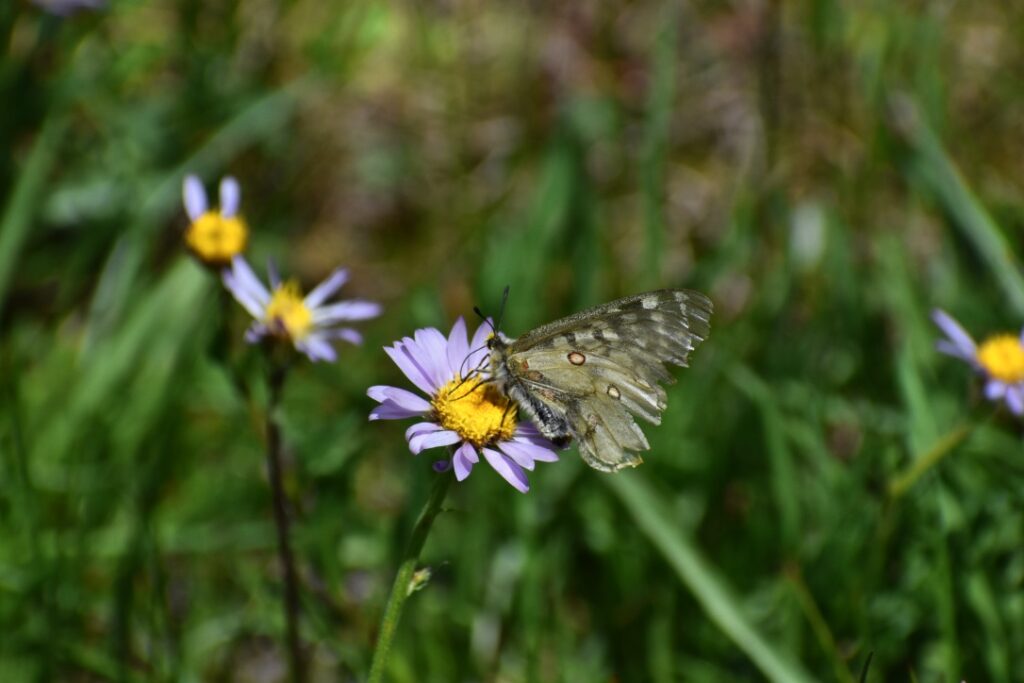The Giant Cultural Parasite, Part 7

What’s a Meme?
We’re now going to make a jump out of the physical world and into the world of ideas. When I say “make a jump” I mean that there are a number of steps building up from the natural selection of organisms and the evolution of niches up to the emergence of ideas and abstract thought that I haven’t covered and don’t plan to cover here. Among these are the following:
-How did consciousness emerge from natural selection?
-How did we learn to think abstractly?
-Where did language come from?
-How did we begin to spread ideas and stories?
These questions are important, and there are several compelling theories to answer them, but I won’t make the attempt here for three reasons: 1) it would take a long time to explain them all in a satisfactory way, 2) science has yet to come to a consensus about them, and 3) we can understand memes without understanding every step that brought them into being. If you’re interested in exploring the questions above in greater depth, I’d recommend these books:
- Robert Wright: The Moral Animal
- Daniel Dennett: Consciousness Explained and From Bacteria to Bach and Bach
- Douglas Hofstadter: Gödel, Escher, Bach: An Eternal Golden Braid
We’ll proceed under the assumption that human beings are capable of abstract thought, use language, and are able to spread ideas and stories just as a pollinator spreads pollen. And we’ll just leave aside the whole question of consciousness for now.

In his book The Selfish Gene, Richard Dawkins makes the case that the unit of natural selection (in organisms) is not in fact the individual organism, but the gene:
“A gene is defined as any portion of chromosomal material that potentially lasts for enough generations to serve as a unit of natural selection…a gene is a replicator with high copying-fidelity. Copying-fidelity is another way of saying longevity-in-the-form-of-copies.”
What he’s saying is that individual organisms are actually multitudes of replicators working in harmony to create a single functional survival machine. The genes are the replicators, the survival machines are the organisms—bacteria, or trees, or humans.
Some of the genes have worked together so well for so many millions of years (and depend on each other so deeply) that they pretty much only show up together. These chains of genes have survived so well together, in fact, that they have become basic operating systems. Which is why we share so much of our DNA with other animals (think of basic building blocks like “skeletons” and “skin” and “brains”, and you’ll quickly see why we share so much DNA), and why the differences in humans make up such a tiny amount of our DNA. So a gene, in effect, is any piece of genetic material that replicates, regardless of whether it is a huge portion of the genetic material, like skin, or a much smaller portion, like eye color.
The same is true of memes: a meme is replicable informational material. It’s replicable if it can be repeated, and it’s informational material only if it can pass some shared meaning between two people (“people” could also be technology or another species that can pass information around, but for the sake of simplicity we’ll stick to people–for now).
Some examples are in order. The “M” sound may or may not have information embedded in it. In the babbling of a baby, it might only be noise or experimentation, and as such, it won’t be a meme, because it’s not informational. But if we sustain it, and it could be a musical hum or an expression of enjoyment. Both are replicable memes. Combine it with another sound, like “ah,” and now you have “Ma,” which could very well be a representation for one’s mother, another replicable meme. In contrast to the sound “M” itself, the letter stands for the sound, and so it’s a replicable meme.
But isn’t the “M” sound replicable? Yes, but since it lacks meaning, it’s not a meme yet. It’s possible that memes grew out of simple repetitions like this, but until we can attach an association (like “Mama”) or some sort of meaning to them, they are simply noise, and about as useful as chaos. Once we attach meaning, there becomes a reason to repeat them, or a vector for repetition.
Another example: the color red occurs simply a wavelength of light. Not, in itself, a meme. However, in some parts of the world, poisonous berries have been red more often than other colors, so some cultures learned to associate red with danger. Modern stoplights use red to mean stop, and woe to the driver who regularly ignores that meaning.

Just as certain genes are more effective and likely to survive when they work together with other genes, some memes work better in combination. Put red, yellow, and green together in three vertical dots, and all of a sudden the associations we’ve learned for each of them has a more specific and meaningful function: a stoplight. Place a number of phonetic sounds together in a specific pattern, and instead of babble, we get language.

To take it one step farther, just as individual genes combine to create not only simple organisms, but also complex organizations like skeletal and nervous systems, memes can do the same. Phonics become words, words become language, language becomes stories and complex ideas.
And just like genes, memes compete for resources. Just as the genes that survive are the ones best adapted to the environment in which they live (an environment which is constantly changing, by the way), the memes that survive in human culture are the ones best adapted to human beings and all of the pieces that make up the human environment. Next time, we’ll dive into what those resources are, and how they affect the way that memes compete for longevity, fidelity, and fecundity. And we’ll begin to see why the “marketplace of ideas” is rife with garbage, and why unfettered competition might not be in our best interest.